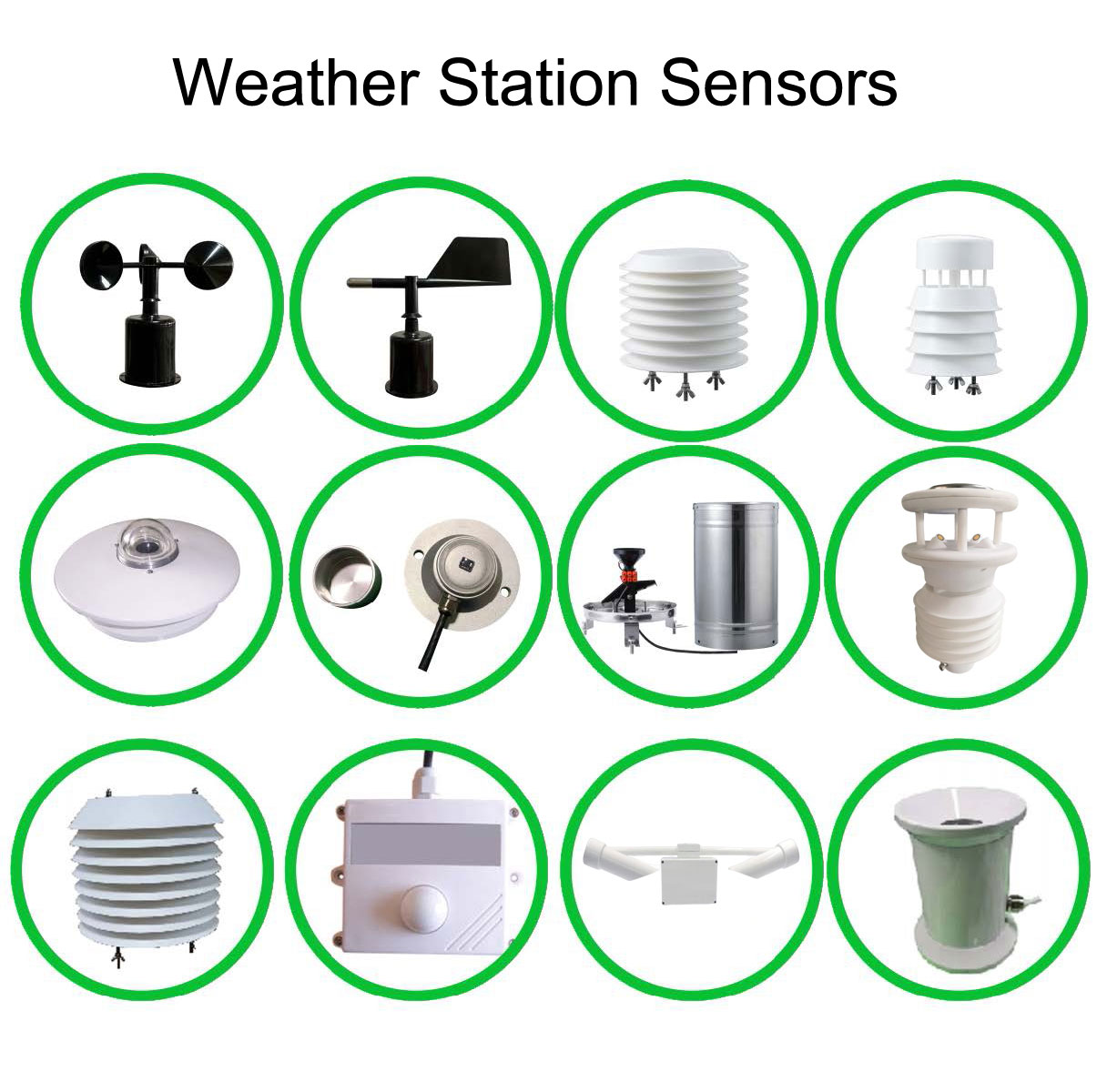

— Blogs —
—Products—
 Consumer hotline +8618073152920
Consumer hotline +8618073152920 WhatsApp:+8615367865107
Address:Room 102, District D, Houhu Industrial Park, Yuelu District, Changsha City, Hunan Province, China
Product knowledge
Time:2024-03-02 20:49:37 Popularity:7257
The location of a weather station is critical for obtaining accurate and representative meteorological data.The ideal placement ensures that the measurements collected (e.g., temperature, humidity, precipitation, wind speed, and wind direction) are not unduly influenced by artificial sources of heat, moisture, or obstruction.Here are some guidelines for the optimal placement of a weather station:
1.Away from Obstructions
A weather station should be placed in an open area away from tall buildings, trees, or other obstructions.These can block or redirect wind flow and create localized microclimates that do not accurately represent the broader area.For wind measurements, sensors should be mounted at least 10 meters (about 33 feet) above ground level to minimize ground interference.
2.Over Natural Ground Surfaces
The surface underneath the weather station should ideally be natural grass or similar vegetation.Concrete, asphalt, or other artificial surfaces can absorb heat and significantly alter temperature and humidity readings by creating a microclimate that is warmer than the surrounding area.
3.At Standard Height
Temperature and humidity sensors should be located at a standard height of 1.25 to 2 meters (about 4 to 6.5 feet) above the ground.This height range represents the average conditions experienced in most environments and allows for comparability between different locations.
4.Away from Artificial Heat Sources
To avoid artificially inflated temperature readings, the station should be situated away from buildings, parking lots, air conditioning units, and other sources of heat or steam.A minimum distance of four times the height of any nearby obstruction is recommended to minimize its influence.
5.In a Secure and Accessible Location
While environmental factors are paramount, practical considerations are also important.The station should be placed in a secure area to prevent vandalism or damage and where it is accessible for maintenance, calibration, and data retrieval activities without altering the site's characteristics significantly.

6. Considering the Purpose
The specific purpose of the weather station can also influence its location.For example, agricultural weather stations might be placed within or near the fields they serve to provide relevant information for crop management.Similarly, urban weather stations might focus on measuring conditions within city environments, acknowledging that they represent urban rather than rural or natural conditions.
7. Elevation:
The elevation of the land can affect temperature and wind patterns. Higher elevations tend to be colder, and wind speeds may be higher. A weather station should be placed at an appropriate elevation to represent the local conditions.
8. Surroundings:
The type of land cover around the weather station is important. Ideally, the station should be away from buildings, trees, and other obstacles that could cast shadows or alter wind patterns. It should also be distant from water bodies, as they can create microclimates with different temperature and humidity conditions.
9. Microclimate:
Even small-scale features like hills, valleys, and bodies of water can create microclimates. A weather station should be placed in a location that minimizes the influence of such local features on the measurements.
10. Atmospheric Conditions:
The station should be installed at a height that represents the average height of cloud formation in the area. This is usually around 1.5 to 2.5 meters (5 to 8 feet) above ground level for rural areas and lower in urban areas due to heat island effects.
11. Air Pollution: The station should be away from sources of air pollution, such as factories or major roadways, which can affect air quality and temperature readings.
12. Infrastructure: Access to power and reliable communication networks is important for maintaining and transmitting weather data.
13. Security: The location should be secure to protect the weather station from vandalism or damage.
By considering these factors, a weather station can provide the most accurate and representative data for meteorological monitoring, forecasting, and climate research.
Related recommendations
Sensors & Weather Stations Catalog
Agriculture Sensors and Weather Stations Catalog-NiuBoL.pdf
Weather Stations Catalog-NiuBoL.pdf
Related products
 Combined air temperature and relative humidity sensor
Combined air temperature and relative humidity sensor Soil Moisture Temperature sensor for irrigation
Soil Moisture Temperature sensor for irrigation Soil pH sensor RS485 soil Testing instrument soil ph meter for agriculture
Soil pH sensor RS485 soil Testing instrument soil ph meter for agriculture Wind Speed sensor Output Modbus/RS485/Analog/0-5V/4-20mA
Wind Speed sensor Output Modbus/RS485/Analog/0-5V/4-20mA Tipping bucket rain gauge for weather monitoring auto rainfall sensor RS485/Outdoor/stainless steel
Tipping bucket rain gauge for weather monitoring auto rainfall sensor RS485/Outdoor/stainless steel Pyranometer Solar Radiation Sensor 4-20mA/RS485
Pyranometer Solar Radiation Sensor 4-20mA/RS485
Screenshot, WhatsApp to identify the QR code
WhatsApp number:+8615367865107
(Click on WhatsApp to copy and add friends)
